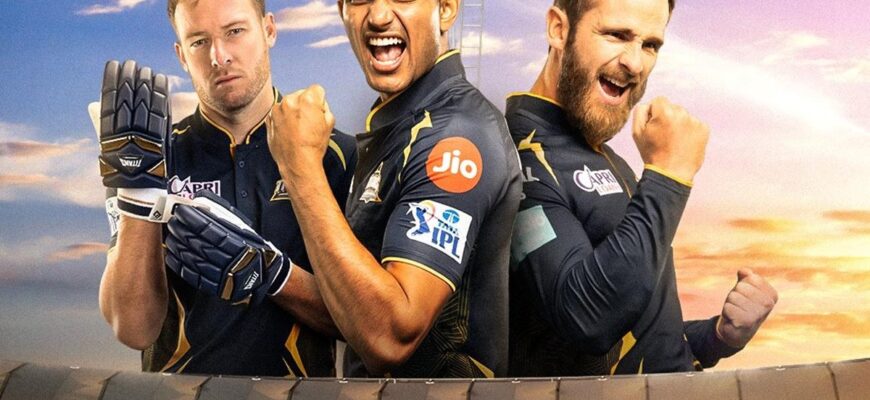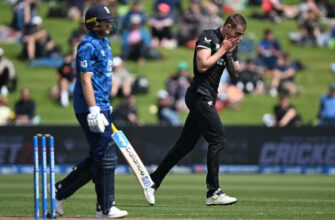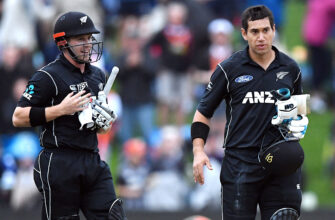The world of professional sports, much like a grand opera, demands a spectacular entrance, a compelling performance, and, inevitably, a dignified exit. For cricketing titans like Rohit Sharma and Virat Kohli, whose careers have been nothing short of epoch-making, the whispers of retirement are not merely speculative gossip; they represent a poignant inflection point for both the players and the India Cricket Team. As a new ODI series against Australia looms, the chatter intensifies, leaving fans and pundits alike to ponder the future.
Recent comments from seasoned off-spinner Ravichandran Ashwin have brought this delicate subject into sharp focus. Speaking with the candor only a fellow veteran can possess, Ashwin observed that Kohli and Sharma are undeniably “at the back-end of their careers.” It`s a statement that, while perhaps uncomfortably blunt, rings with a universal truth. The question isn`t if they`ll retire, but how their illustrious journeys conclude and who facilitates that process.
Ashwin`s primary concern isn`t the fact of their impending retirement – an unavoidable reality for any athlete. Instead, it`s the manner in which such transitions are managed. “The way to deal with players at the back-end of their careers should be better,” he asserted, lamenting a perceived lack of clear, transparent communication from the team management or the board.
It`s a curious paradox, isn`t it? On one hand, we celebrate the youth and exuberance of emerging talent, particularly those who shine brightly in domestic leagues like the IPL. The allure of “fresh blood” is potent, promising renewed vigour and strategic shifts. Yet, in our haste to embrace the new, there`s a risk of overlooking the profound contributions and invaluable experience of those who paved the way. To dismiss legends simply because younger players are performing well would be to shortchange both the past and the future.
What Ashwin advocates for is not a plea for endless extensions, but for a process rooted in respect and foresight. He suggested that conversations about their future, particularly regarding their ODI roles post-2024 T20 World Cup, should have commenced much earlier. This isn`t just about courtesy; it`s about strategic planning. Clear communication allows players to prepare mentally and physically for their next chapter, or to make informed decisions about their playing future if the team`s direction no longer aligns with their trajectory.
The absence of such dialogue, Ashwin rightly points out, creates “uninformed space,” a vacuum eagerly filled by media speculation and fan theories. This “uninformed decision-making” from the outside puts players in a “very tender space,” subject to public scrutiny and potential misinterpretations. For players who have dedicated decades to the sport, who have shouldered the hopes of a billion-strong nation, leaving their future shrouded in ambiguity is, at best, suboptimal management. At worst, it can be seen as a disservice.
The legacy of Virat Kohli and Rohit Sharma in Indian cricket is indelible. Their records speak volumes; their impact, immeasurable. To ensure a smooth transition, and to set a precedent for how future legends are treated, robust and transparent communication is paramount. It’s not just about managing individual careers; it`s about safeguarding the integrity and continuity of the India Cricket Team. As the cricket world watches, hoping for more glorious innings, it also hopes for a respectful curtain call, orchestrated with the clarity and appreciation these titans unequivocally deserve.







